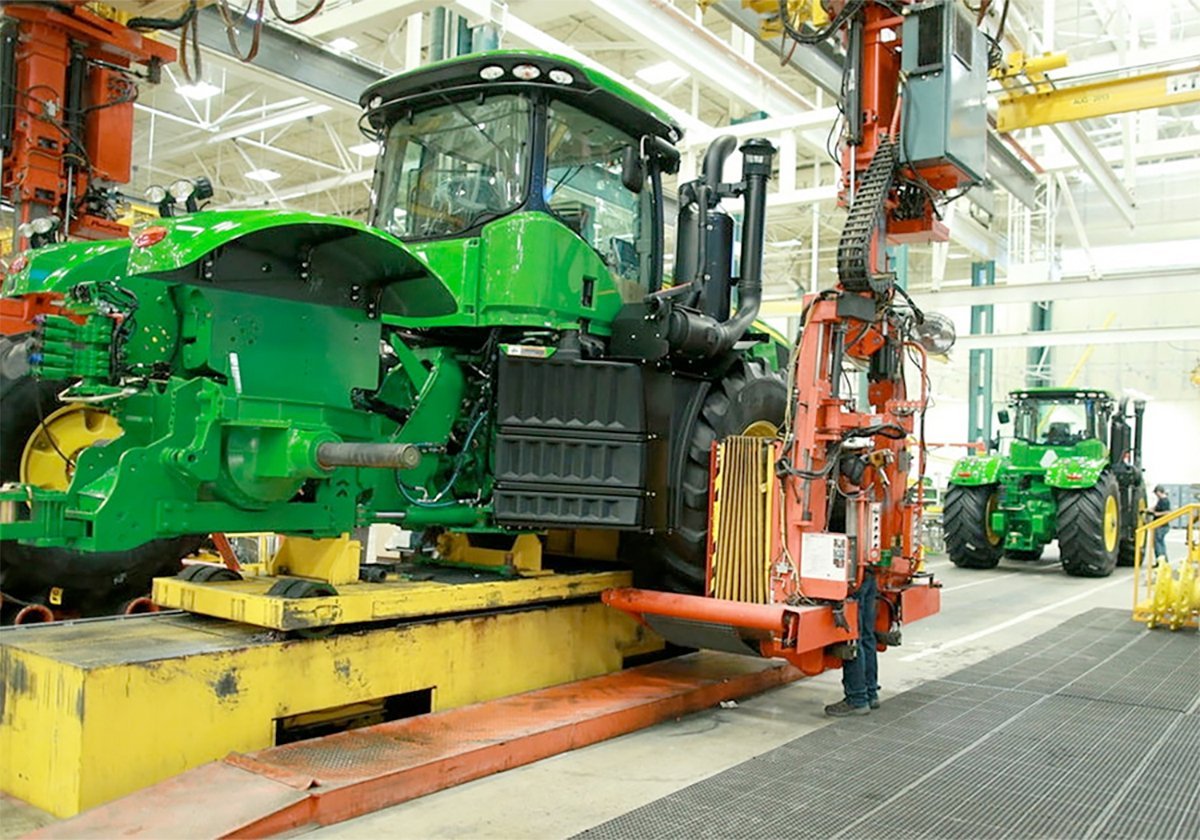Good photographs are meant to tell stories, especially ones that run on their own, without an accompanying article. These should be little vignettes for the reader to digest and interpret.
Along with staff writers and photographers, The Western Producer has the good fortune to have a complement of talented freelance photographers throughout the Prairies who help us capture farming life.
And so it was on page 14 of the June 25 Producer. We ran a photo by freelancer Randy Vanderveen of a guard donkey grazing with nearby sheep.
Read Also

Trump’s trade policies take their toll on Canadian producers
U.S. trade policy as dictated by president Donald Trump is hurting Canadian farmers in a multitude of ways.
Randy has captured many excellent photographs over the years for Producer readers. But this one was different. The sheep have what appears to be an unusually thick layer of wool, and the donkey’s hooves appear to be very large.
Several readers responded strongly. Some wondered whether we contacted animal welfare authorities. Others thought we shouldn’t have run the photo at all because it isn’t representative of proper farming.
We ran the photograph because we do not believe in turning a blind eye to possible difficult situations. And that means if we happen to come across a questionable farming condition, we run that too.
We publish the photo and we offer our readers — the truest experts on farming — the chance to evaluate what you see. Still, we could have called attention to the situation in the caption. That is something for us to consider in the future.
But reporters do not act as enforcers. We can never be seen as an arm of enforcement authorities. If our staff or freelancers did serve that function, farmers might understandably be leery of reporters who visit their properties. They might wonder where we could draw the line in reporting to authorities. Would we report minor infractions? What would be considered reportable? Where would the line be?
No. We publish photos and stories and let the public decide. That is expected of us.
This is not a fine line for journalists. It’s quite clear.
In this case, we know animal welfare authorities have been alerted by readers, and it is now their responsibility to determine whether to pursue the matter further.
But it should also be noted that we run countless stories and photos of responsible farmers who love their animals and treat them correctly. Those are by far the majority.















